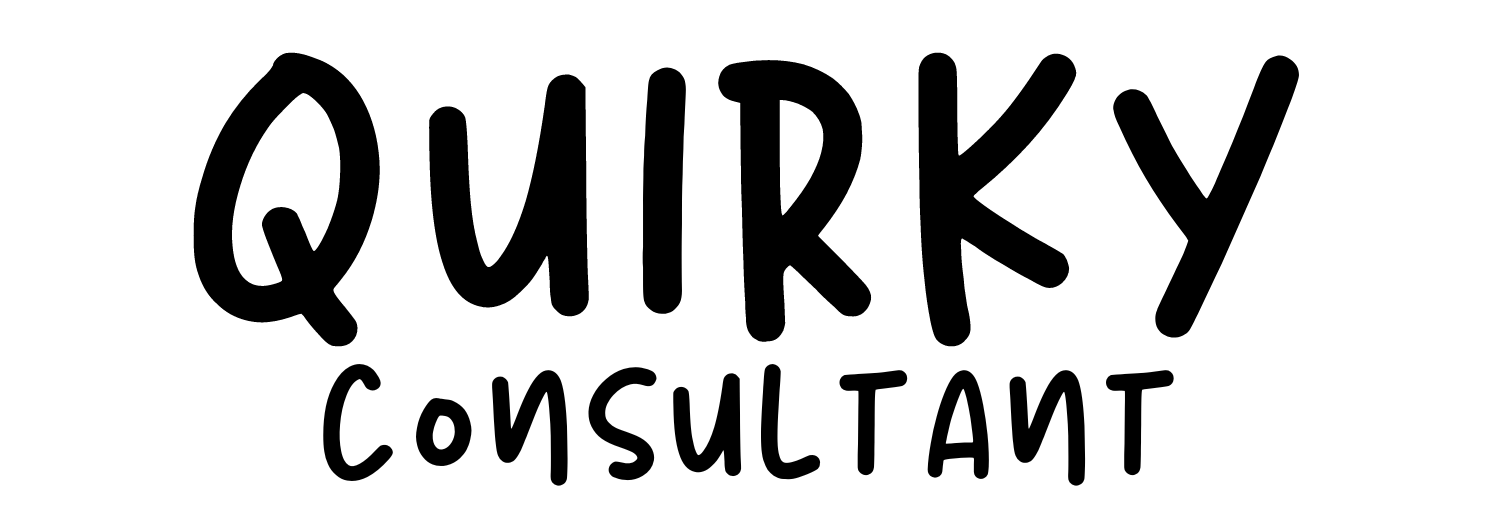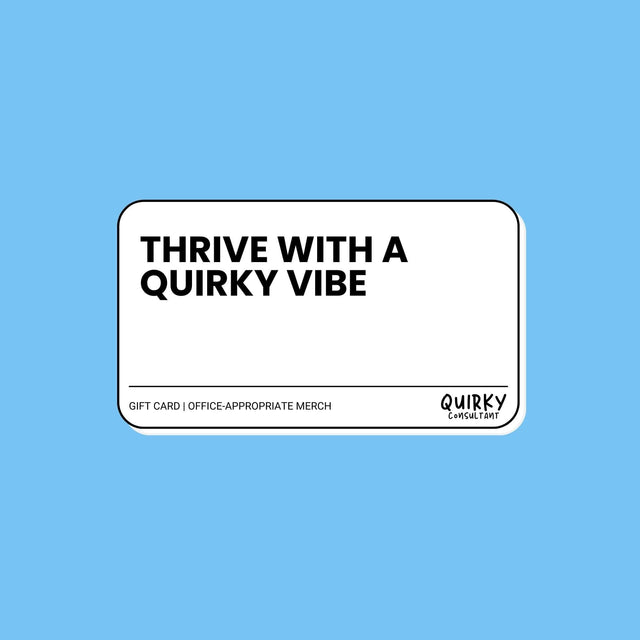The benefits of mindful leadership and how it manifests itself throughout various organizations

Research shows us that mindfulness can serve as a key tool for leaders in corporations worldwide. This form of leadership enables managers to be mindful of themselves, employees, customers, and changing market needs. Through mindfulness, leaders can create workplaces that engage talented people and enable them to express themselves, be creative, and develop innovative products and services that add value for customers in their markets.
However, in the real world, we’re starting to see what mindful leadership looks like in practice. Global organizations such as Aetna have been joined by LinkedIn, SAP, General Mills, Check Point, Verint, Intel, Google, Apple, Nike, Salesforce, and others to offer mindfulness programs to their employees. At Aetna, for example, over 20,000 employees have participated in their mindfulness programs. In their Mindfulness Challenge program, participants experienced an 18% reduction in stress, while in their Mindfulness at Work program, participants showed a 36% reduction in stress and a 24% improvement in productivity.
These organizations have learned that when their employees act mindfully, their behaviors:
- Improve communication between team members
- Increase productivity and positive customer outcomes
- Support a sense of belonging, social connection, and compassion
- Increase an agility mindset and a creative solution orientation
These companies’ mindfulness practices may be even more important in the pandemic era as corporate leaders contend with new challenges. With a need to increase employee well-being and decrease anxiety, leaders can use mindful practices to stave off their team members’ stress and burnout.
The Deloitte Global Human Capital Trends 2021 survey even states that well-being has been rising on the organizational agenda for several years, with 80% of their survey respondents identifying it as important or very important to their organization’s success even before the COVID-19 pandemic set in.
No matter what challenges we face, leaders know that we need to create good relationships with our employees, customers, vendors, and all stakeholders—and this is where mindfulness matters most. A cardinal part of creating an interpersonal connection is embodying trust and partnership-based relationships. As teamwork becomes ever more paramount and traditional leadership, based on hierarchal relationships and authority, falls away, building trust-based relationships becomes critical to effective work. Mindful leadership helps us navigate the new hybrid workplace, in which flexible and creative solutions are required to engage employees.
Another crucial outcome of mindful leadership is embracing tensions instead of closing them. Presence and mindfulness are characterized, in part, by paradox as well. The modern organization is filled with tensions: between the short term and the long term, speed, and quality, between employee needs and organization needs. A mindful leader must confront a central tension between doing and being to handle this tension. This means being present while listening and taking it a step further by actualizing this presence into realistic business terms. As managers, we have always learned that we need to do the right things to promote and push people, projects, and processes. This means we may become too focused on doing.
Mindful leadership, however, is characterized by an inward awareness of the self and an outward awareness of others. Beyond that, a crucial ability of a mindful leader is the ability to be present with uncertainty and the unknown. This hectic reality faces us continuously with ongoing challenges and uncertainty. Hence, to enable new solutions to emerge, a leader must be present with the uncertainty and all that arises from it. We must concentrate on listening and embracing the uncomfortable feeling it arises in order to truly listen to what is needed right now. And then, we can act upon this more accurate understanding of what we need to do next.
How can we use mindfulness to motivate people, colleagues, customers, employees, or managers? Start by putting these practices in place.
Leaders need to dare to be vulnerable
In our hectic business reality, a leader can’t have all the answers, be it the CEO or a senior manager. As leaders, we need to be present and show up fully, and we need to engage all our team members in facilitating change. We need to share our experiences openly to enable others also to show up fully with their own experiences. Say what you are feeling, sensing, or thinking— even if you don’t know how others will react.
Take a beginner’s mindset perspective to enable new, creative solutions and ideas to emerge. Create space within yourself for uncertainty. Don’t push for a solution. Give legitimacy to not knowing answers. It’s okay not to find a solution right away.
Create a dialogue space
A central tool for enabling new solutions to emerge is dialogue space. To find solutions to complex problems, we need the wisdom of our employees. This new reality requires leaders and individuals to create a dialogue space and listen deeply to themselves and others. So how can we do it?
The essence of listening in the dialogue space requires us to be mindful and present at the moment. Without an open will, it is highly doubtful that something new can emerge. A dialogue space is a place of full presence in which we can become connected to what is vivid at this moment. We do not have to cling to opinions and ideas, and agendas, and because of that, new wisdom can emerge. This conduct requires us to have the abilities of reflection, curious listening, generosity toward the other side, and an attitude of openness. This allows time and space for a solution to emerge from the interaction among different people and perspectives.
Find an owner to bring mindfulness to the workplace
There is a new job title cropping up in various organizations like SAP, LinkedIn, Aetna, and more: Chief of Mindfulness. This person is responsible for implementing mindfulness into the organization daily. To make this new world of work for your company, seek out employees who are already engaged with this practice and feel passionate about increasing mindfulness in the organization, taking ownership over the next steps.
Offer your managers and employees mindfulness courses
Although mindfulness is perceived as a soft skill and not always valued as a crucial element of business that impacts the bottom line, the opposite is true. The ability to adopt mindfulness enables employees to pause, reflect, and get rid of automatic behaviors, resulting in an agility mindset and a new way of acting that can produce innovative results. Leading organizations like Google, Intel, Facebook, General Mills, Apple, and more have already implemented mindfulness programs, resulting in increased productivity, innovation, and employee engagement.
Offer a weekly meditation practice
At LinkedIn and SAP, Intel, Siemens, and more, leaders offer employees the opportunity to engage in the practice of meditation guided by a veteran practitioner. Those who lead these sessions can be an owner of the organization or can be led by anyone with experience. Using this practice, employees can be given the option to pause and practice with a community. Beyond that, leaders can convey that this activity and its benefits are appreciated and valued in the workplace.
Create a community of practice
SAP, Neopharm, and other companies volunteer to have a regular meeting each month to delve into the practice of a mindfulness mindset. During this community gathering, employees are given a chance to explore what it means to live mindfully and react mindfully to various challenging situations in the organization’s day-to-day. In this kind of gathering, a meaningful learning process is put into place, enabling employees to learn from each other and gain various tools to deal with work issues mindfully.
Create a physical space for practice
In 2016, Salesforce CEO Marc Benioff consulted Zen master Thich Nhat Hahn to build Mindful Zones on each floor of their San Francisco offices. Benioff claims that these quiet meditation areas are very important in fostering creativity, and the fact that his company mustered $12.77 billion in assets and nearly $52 billion in sales last year shows that his approach may be working. More companies like Aetna, Check Point, Natural Intelligence, and more are creating meditation rooms for people to pause and practice, creating a physical space in the company where people can rest, disconnect from work, and connect to themselves. This can be a meditation room, a fun room, a balcony, or other dedicated space.
Leading mindfully by creating space to listen to ourselves and others can enhance the connection between people, meaningful work, and increased productivity. Mindfulness can enhance our work, delivering a sense of belonging and meaningfulness, as well as a more manageable workflow. As we increase mindfulness in our day-to-day routines, we can better handle change and challenging situations, uncertainty, and discomfort, from which creative and innovative solutions can emerge.





0 Comments
Nobody's told us there thoughts about this article. Tell us yours below.